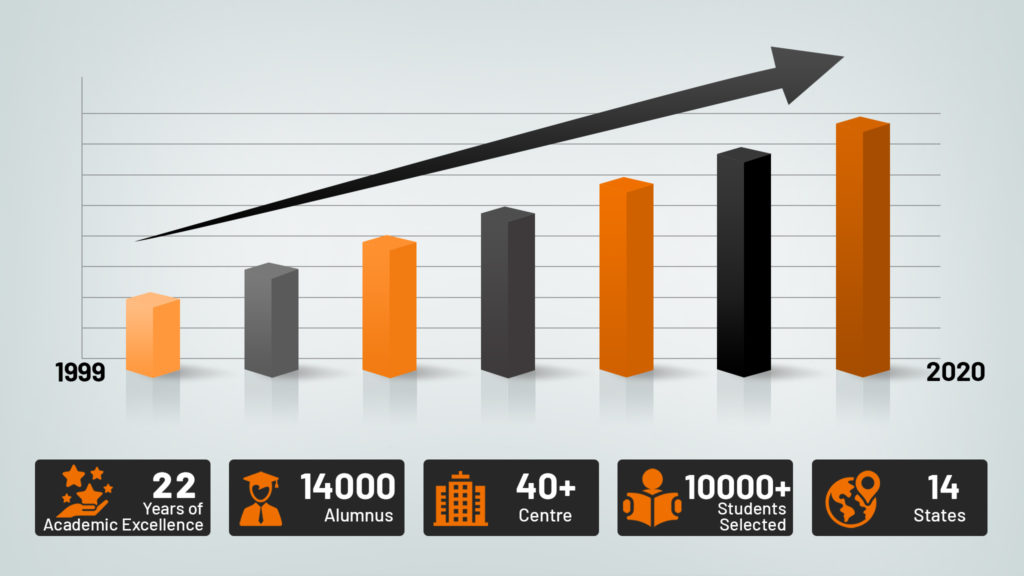 Originally established in 1962 as the School of Architecture, Faculty of Architecture, CEPT University, is one of the vital centers of thought and education in the field of Architecture in India. It continues to aim for excellence in its teaching and research programs in the field of Architecture. The Faculty enjoys an excellent reputation nationally as well as internationally.
Originally established in 1962 as the School of Architecture, Faculty of Architecture, CEPT University, is one of the vital centers of thought and education in the field of Architecture in India. It continues to aim for excellence in its teaching and research programs in the field of Architecture. The Faculty enjoys an excellent reputation nationally as well as internationally.
Architects play significant roles in the design and production of built environments. Those who focus on design are commissioned by clients to lead the work of the many experts who are required to put buildings and places together. When playing this leadership role architects ensure that the end product is architecturally meaningful, while meeting prosaic functional requirements. Many architects refrain from playing this expansive leadership role and prefer instead to focus on some aspect of the built environment. Others refrain from design altogether and focus instead on the study and critique of built environments in a bid to enrich architectural discourse. Yet others choose to proactively work with disadvantaged communities to improve living conditions.
Professional architects can build careers as independently practicing architects, as architects working within architectural firms, as academics focused on teaching and research, or within non-governmental organizations. In India, the architectural profession is regulated by the Council of Architecture (CoA), which was established by Parliament through the Architects Act, 1972.
This five-year long program leads up to the award of the B. Arch. degree. It equips students with the competencies necessary for being effective professional architects and exposes them to the aesthetic, technical, social, political and ethical dimensions of the built environment. Though the B. Arch degree is sufficient for professional registration with the CoA, many architects pursue postgraduate and doctoral studies. When doing this, one can continue focusing on architecture, concentrate on fields such as architectural conservation or urban design or shift to allied professions such as urban planning or construction management.
 The first year is called the CEPT Foundation Program. Here the focus is on developing basic architectural design skills. The following two years focus on advanced skill development. It is possible to exit the program at this stage with a B.Sc. in Building Design. The fourth and fifth years allow students to focus on areas and practice domains of their choice. During this period, students can choose to intern for any one of the four semesters with approved architectural offices anywhere in the world and also undertake research projects or design studios.
The first year is called the CEPT Foundation Program. Here the focus is on developing basic architectural design skills. The following two years focus on advanced skill development. It is possible to exit the program at this stage with a B.Sc. in Building Design. The fourth and fifth years allow students to focus on areas and practice domains of their choice. During this period, students can choose to intern for any one of the four semesters with approved architectural offices anywhere in the world and also undertake research projects or design studios.
The program is centered on ‘studios’ where students are expected to resolve life-like design problems on their own. Studios operate as learning communities where teachers take on the role of coaches supporting students in their learning quests. In studios students develop capacities and come up with technically and architecturally meaningful designs to communicate their ideas. Many group exercises are structured to develop leadership capacities.
Courses, seminars, and workshops, which run parallel to studios, expose students to technology, history, architectural theory and various other dimensions of architecture. Four times, during breaks between semesters, students are required to sign up for study tours or courses organized as part of the Summer and Winter School programs.
To enable students to pursue individual interests only three quarters of the total academic workload is mandated. Students choose courses from the many available electives to complete the rest. Teachers are drawn from practicing professionals who bring practical experience to the classroom and academics who complement teaching with more theoretical and critical approaches.
This almost sixty year old program is internationally recognized. Its alumni are amongst the most successful architects of India, work at the foremost architectural practices across the world, teach and do research at the most reputable global universities and are amongst the most notable social entrepreneurs of the country. Many long lasting exchange programs link this program to other architectural programs in Europe, USA and Australia providing unparalleled opportunities to enrolled students.
1) Bachelor’s in Architecture Course, candidates who have cleared the qualifying examination from an eligible Board from the

NATA MOCK TESTS
school located in India (Including Gujarat State) with minimum eligibility criteria as prescribed by AICTE/Council from time to time and have obtained valid score in NATA as prescribed by the Council.
For admission to 1st year of 5-year B.Arch. Degree Course, as prescribed by Council of Architecture, a candidate should have passed in 10+2 scheme of examination with PCM subjects or pass in 10+3 Diploma* with Mathematics, as the case may be and have qualified the aptitude test i.e. NATA shall be eligible for admission to B.Arch. course for the academic session 2020-2021.
* – A candidate shall have passed the Diploma (I0+ 3) of any stream with Mathematics as a compulsory subject from,-
(a) The Technical Examination Board, Gujarat State or
(b) A University established or incorporated by or under a Central or a State Act or an institution declared to be deemed as a University under section 3 of the University Grants Commission Act. 1956 (3 or 1956)
2) Candidates who have cleared the qualifying examination from school located outside
India with minimum eligibility criteria as prescribed by AICTE/Council from time to time and equivalency defined by Association of Indian Universities (AIU), New Delhi shall be eligible for admission.
3) The candidate shall have to pass all the subjects of the qualifying examination from a single Board.
 Eligibility for seats to be filled in by GoG:
Eligibility for seats to be filled in by GoG:
Eligibility for seats to be filled in by ACPC, GoG:
Please refer to official website of Admission Committee for Professional Courses of Government of Gujarat. www.jacpcldce.ac.in
Note: Additionally, the student will have to meet the minimum qualifying marks for the National Aptitude Test in Architecture (NATA) test for the corresponding year as per the Council of Architecture.
Seat:
| Program | 50% of total seats to be filled in by ACPC, GoG | 50% of total seats to be filled in by CEPT University (All India Seats) | Total Seats |
| Bachelor’s in Architecture (B Arch) |
40 | 40 | 80 |
|
CEPT has a comprehensive scheme for scholarship. It is the endeavor of the University that no student be denied opportunity to pursue their studies for want of adequate financial resources. However no financial aid or scholarship would be automatic and will be subject to norms and criteria laid down by the University. Pending sanction of financial aid / award of scholarship students are required to make payment of fees and charges on the due dates.
Address:- 9, 1st Floor, Sunrise Centre-II, Sunrise Park, Bodakdev,
Ahmedabad, Gujarat-380015
Landmark: Off Drive-in-Road
Contact No: 78029-49620, 079-40398630
Contact Person: Ms Manisha Malkani
Email: ahmedabad@pahaldesign.com
Post Tagged with Best NATA Coaching in Ahmedabad, JEE Paper 2 Coaching in Ahmedabad